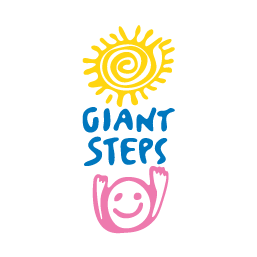What is ASD?
What is ASD?
Autism Spectrum Disorder is a lifelong neuro-developmental disorder that influences how individuals communicate, interact with others and process information.
Although autism can be diagnosed at any age, it is described as a “developmental disorder” because symptoms generally appear in the first two years of life. There is significant variability in how autism affects development and learning, which impacts the support an individual requires.
Giant Steps specialises in educating and supporting profoundly autistic children and adults with complex needs and their families.
There is significant variability in how autism affects development and learning.
